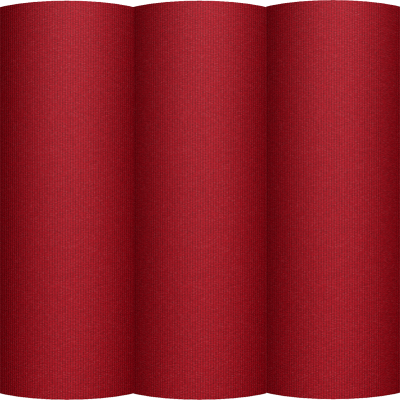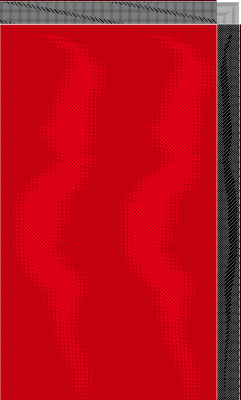Yesterday the ankle was feeling better, so I taped it up and started dyeing yarn. First I wound two 30-gram skeins of a superfine silk. How fine? I have no idea, but it’s about the thickness of one of my hairs. It was really challenging to skein because it is quite delicate, and comes on big plastic spools that weigh almost eight ounces. I had to set up a gizmo to allow the spools to rotate freely, and then start up verrrrrrry slowly so as not to break the yarn. I did get it wound, though!
After that, I wound three 70-gram skeins from cones of 140/2 silk. Piece of cake! And then I dyed four of the skeins in a scarlet dyebath, and one of them in a darker red dyebath. The skeins are now done and hanging outside to dry. We are having a heat wave (temperatures in the low to mid nineties, extremely unusual here) so I expect them to be done this afternoon.
Having dyed the yarn, I now have to figure out what to do with it. The warp will be 140/2 silk, solid scarlet. I think I’ll sett it at 90 ends per inch, which (I think) can be made to work with either plain weave or twill. So now I’m working on drafts. Here are a few of the options I’ve been exploring.
First, good ol’ plain weave. In fine yarns, with a scarlet warp and a dark red or black weft, plain weave will give beautiful iridescence, which will show as the dress moves. Kinda like this:

I have garnet and black wefts ready, and may try a yellow weft as well, just to see what happens.
Another possibility is a 3-1 twill vs. a 1-3 twill, in curves:

The advantage of this liftplan is that I might get some slight physical texture out of it, as 1-3 twill followed by 3-1 twill tends to pleat. However, as the edges between the 1-3 and 3-1 twills are blurry, I’m somewhat dubious about that. Never mind. It will produce nice visual texture, if nothing else.
A third possibility is plain weave vs. 3-1 twill:

This is not quite so high contrast, which would be nice if I want to keep the skirt patterning subtle.
There are other options, but the nice part about these three is that they can all be woven on a 5-end advancing twill threading. That particular threading has a 120-thread repeat, meaning that the pattern would repeat every 1-1/3 inches. That makes the lines big enough to see, even at ninety threads to the inch. And there are plenty of other things I can weave on the same threading, like these “flames”:

So I think this is where I’m going for this particular sample.
But now, back to work on Creating Craft. I got my editor’s final round of feedback on the proposal, sample chapters, and query letter, so one more revision and I’ll be good to go.
